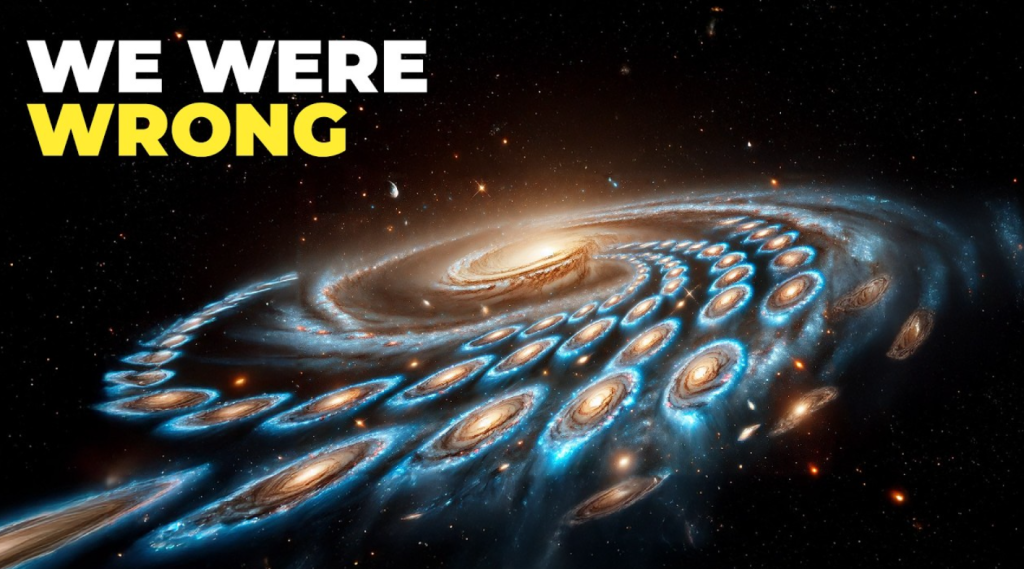Your home isn’t just Earth, or even the Solar System—it’s part of something far more vast than you might imagine. Let’s zoom out and explore your place in the universe.

Our Tiny Spot in Space
Imagine the Sun as a basketball. On this scale, Earth would be a tiny pea, 23 meters away. Pluto? A grain of sand 1.5 kilometers away. Now, take our entire Solar System and zoom out—it becomes nearly invisible within the Milky Way, a massive spiral galaxy. If the Solar System were a quarter, the Milky Way would wrap around Earth 63 times.
Our galaxy resides in a modest neighborhood called the Orion Arm, 27,000 light-years from the galactic center. But we’re not alone. The Milky Way is part of the Local Group, a collection of over 50 galaxies. And that glowing spiral in the distance? That’s Andromeda, our future cosmic roommate—we’ll collide with it in about 4.5 billion years.
The Laniakea Supercluster
In 2014, astronomers made a stunning discovery. Our Local Group belongs to an enormous supercluster called Laniakea, meaning “immeasurable heaven.” It contains about 100,000 galaxies, stretching across 520 million light-years. But these galaxies aren’t just scattered randomly—they’re all moving together, flowing toward a gravitational focal point called the Great Attractor.
The Shapley Concentration – Even Bigger Than Laniakea
For decades, astronomers noticed galaxies moving in strange ways. The reason? The Shapley Concentration, an even more massive structure beyond Laniakea. This colossal region, first hinted at in the 1930s, turned out to be an enormous supercluster. Modern telescopes now reveal it as one of the universe’s largest known structures, spanning 1.4 billion light-years and containing millions of galaxies.
The Biggest of Them All
If Laniakea was vast, and Shapley was mind-blowing, then the Hercules–Corona Borealis Great Wall is beyond comprehension. Stretching 10 billion light-years, it’s the largest structure ever discovered. This massive web of galaxies forces scientists to rethink how the universe organizes itself.
What This Means for Us
Studying these vast cosmic structures helps scientists understand dark matter, the invisible force shaping our universe. Watching how galaxies move within Shapley gives us clues, much like watching leaves drift in the wind reveals air currents.
Your cosmic address isn’t just Earth or the Milky Way—it’s an ever-expanding map of the universe, showing us that we are part of something much greater than we ever imagined. And the discoveries are far from over.